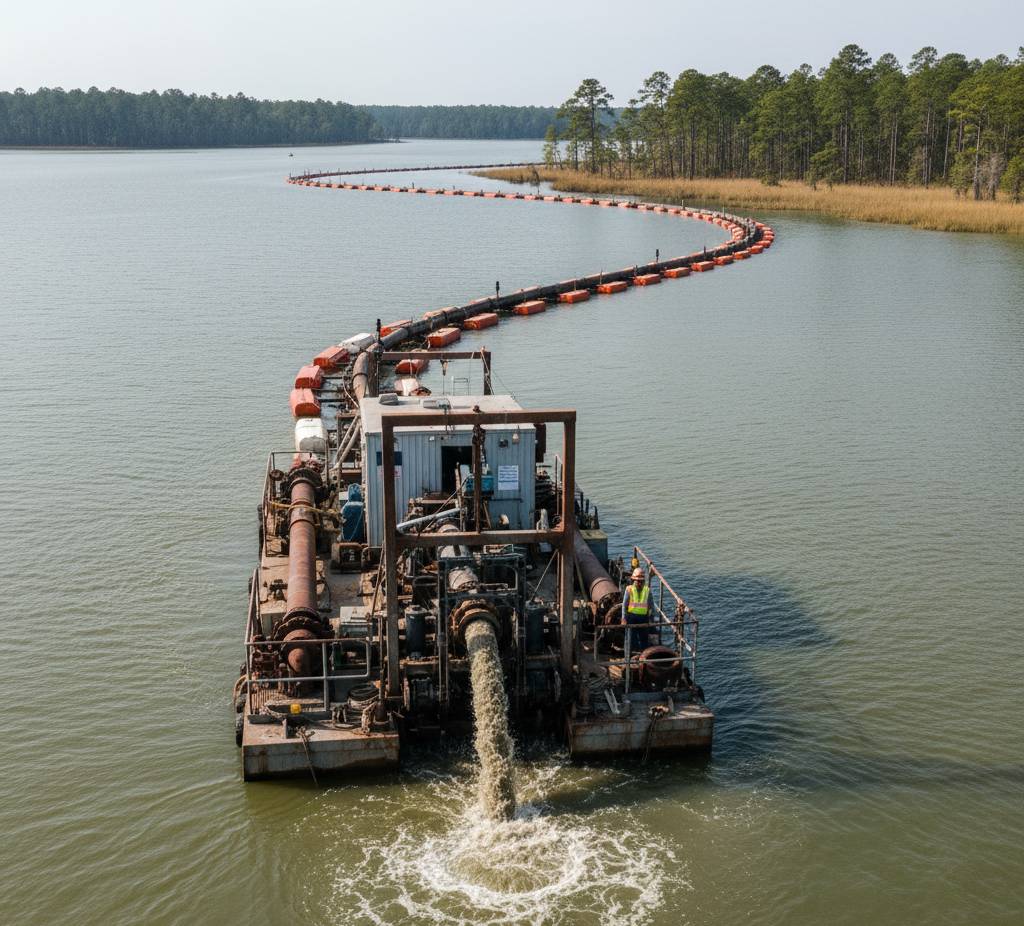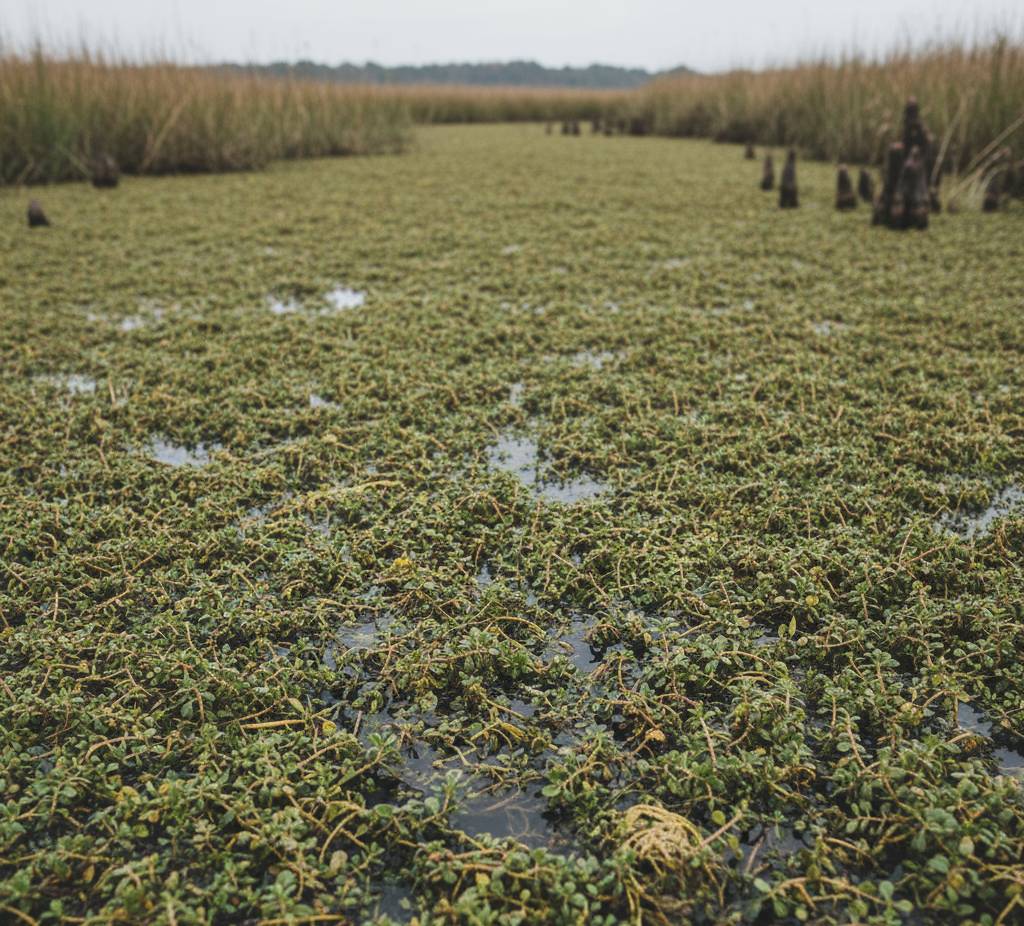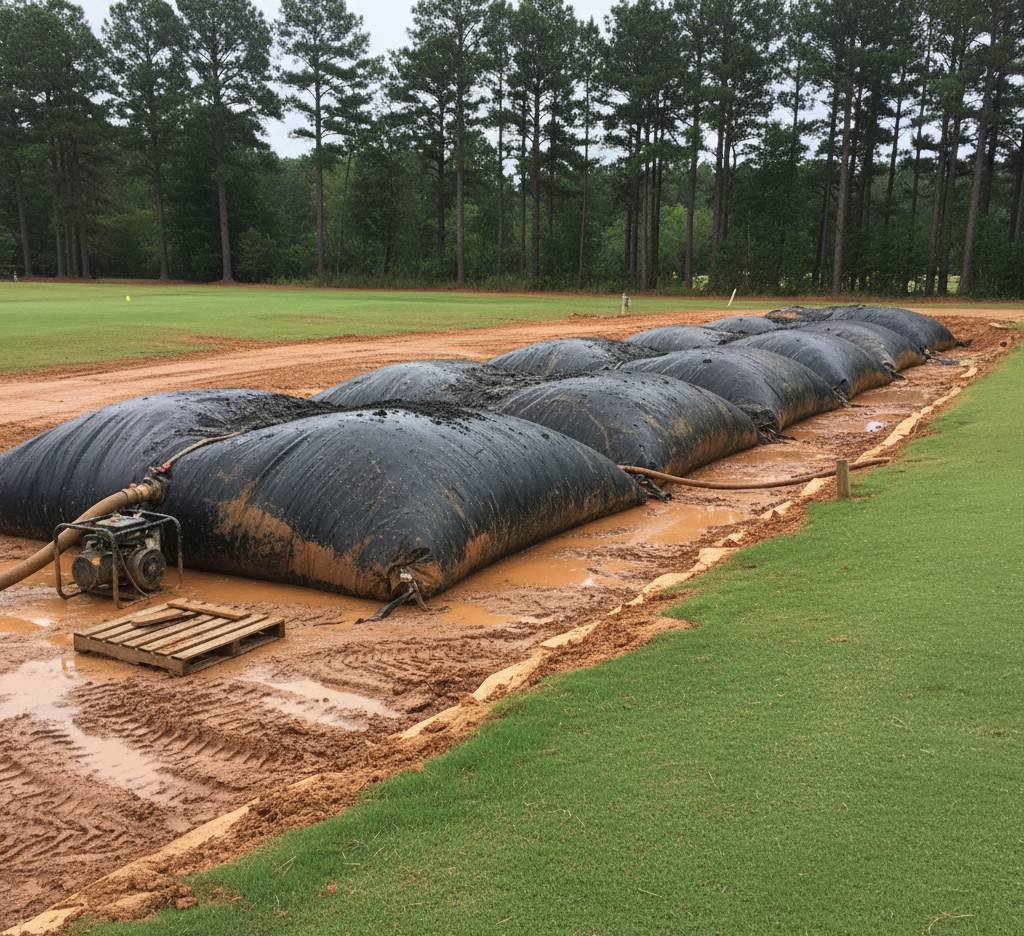Hilton Head & Beaufort Lowcountry Dredging Specialists
Expert Dredging Services for Beaufort, Sea Islands & Coastal Lagoons
Restoring and maintaining the unique waterways of the Lowcountry, including marsh-connected lagoons, private tidal creeks, and resort community ponds on Hilton Head Island, Bluffton, Beaufort, and Port Royal.
- HOA & Gated Community Lagoon Dredging
- Tidal Creek & Marsh Waterway Restoration
- Dock, Canal & Small Marina Access
- Storm Sediment & Tidal Silt Removal
- Local Coastal Lowcountry Waterway Familiarity
Why Choose Us for Hilton Head & Beaufort Lowcountry Dredging
Trusted by HOAs, property managers, and homeowners throughout the Sea Islands and Bluffton area.
Lowcountry Lagoon & Marsh Expertise
We specialize in the unique brackish and freshwater systems of the Sea Islands, from the golf course lagoons of Hilton Head Island to the tidal creeks connecting to the May River and Port Royal Sound. We understand the specific needs of HOA and resort water features.
Environmentally Mindful Approaches
Our work respects the sensitive salt marsh and estuary ecosystems of the Lowcountry. We employ best practices to protect oyster beds, marsh grass, and local wildlife while restoring circulation and depth in tidal creeks and private waterways.
HOA & Private Community Management
We work directly with community boards and property managers in Bluffton, Beaufort, and Hilton Head to develop long-term maintenance plans. Our goal is to preserve the aesthetic beauty and functionality of waterfront properties and common areas.
Tidal Silt & Storm Sediment Clearing
King tides, tropical storms, and hurricanes can lead to rapid silt buildup, blocking access to docks and impacting lagoon health. We provide the expertise needed for rapid restoration of residential canal access and storm-silt clearing in tidal systems.
Specialized Residential Waterfront Equipment
We utilize low-impact equipment and small-footprint barges ideal for maneuvering within residential canals, golf course lagoons, and confined waterfronts on Hilton Head Island, Bluffton, and Port Royal without extensive property damage.
Seasonal & Tidal Timing Sensitivity
We plan projects around peak tourism seasons, wildlife nesting periods, and crucial Lowcountry tidal cycles. Efficient scheduling is key to minimizing disruption for residents and ensuring a smooth, compliant dredging operation.
Our Dredging Services
Comprehensive solutions for Beaufort waterways, from residential ponds to commercial marinas

Mechanical Dredging
Ideal for tight access, shallow coves, and dock and shoreline work on lakes like Lake Murray, Lake Keowee, and Lake Greenwood. We use sectional barges for precision sediment removal in smaller HOA lakes and ponds, handling heavy red clay and dense debris.

Hydraulic Sediment Removal
Best for large-scale operations on major water bodies such as Lake Marion and Lake Moultrie, and long reaches of ICW canals. We pump fine silt and muck over long distances to remote dewatering sites or tidal systems.

Comprehensive Sediment Management
A turnkey approach that ensures compliance with SCDHEC guidance. This includes on-site dewatering using methods suitable for diverse SC soils (sandy Lowcountry versus clay-heavy Upstate) and approved disposal or beneficial reuse planning.

Aquatic Vegetation Management
Targeted removal of aggressive SC aquatic weeds—like hydrilla, alligator weed, and elodea—to combat the effects of shallow water and nutrient-rich sediment that cause severe algal blooms.

Sediment Dewatering Solutions
Installation and management of Geotextile tubes for efficient dewatering on HOAs, golf courses, and resort communities. We also design and manage upland pad drying operations where available land permits.

Continuous Waterway Management
Post-event cleanup and maintenance after major storms or hurricanes. We offer season-based lake management programs to prevent the re-accumulation of sediment and preserve depths after major summer lake traffic.
Restore Access to Your Hilton Head & Beaufort Waterway
Contact us today for a free HOA consultation and lagoon assessment. Our team specializes in planning Lowcountry dredging projects around tidal cycles, storm seasons, and community schedules to restore optimal circulation and dock access for property managers and residents.
Get a Detailed Quote Give Us a CallFrequently Asked Questions
Common questions about dredging services in the Hilton Head & Beaufort Lowcountry region
Dredging in marsh-connected areas like Broad Creek or May River tributaries requires precise tidal planning. We use specialized equipment suitable for brackish water and soft, organic marsh sediment. The goal is to carefully remove built-up silt and muck to restore original depths, improve water flow, and ensure proper tidal flushing, all while protecting the adjacent salt marsh and oyster beds.
Yes, removing accumulated organic sediment and muck from the bottom of lagoons—common in Hilton Head and Bluffton communities—restores depth. This action promotes better water circulation, reduces nutrient buildup (which feeds algae), and significantly decreases the potential for stagnant water and the associated foul odors that can impact homeowner satisfaction and property values.
Dredging is permitted in many brackish and coastal Lowcountry waterways, but it is heavily regulated to protect sensitive environments like oyster beds and marsh flats. Projects in navigable waters, marsh creeks, and tidal zones typically require specific environmental permits before work can begin. We recommend consulting with a local professional early in the planning process to understand all requirements for your specific waterway on Hilton Head Island or Beaufort County.
Late fall through early spring is generally the optimal window. This timeframe avoids the peak summer tourism season, minimizes disruption, and is outside the most active part of the Atlantic hurricane season. It can also be beneficial to avoid critical nesting and spawning periods for local wildlife in the tidal marsh systems of the Beaufort and Port Royal area.
Absolutely. King tides and severe weather events are major causes of silt deposition in the Lowcountry's shallow canals and creeks, often blocking boat access. We specialize in post-storm sediment clearing to quickly restore channel depths and ensure homeowner and marina access is fully re-established following major tidal or flood events in areas like Bluffton or Port Royal.
Yes, long-term maintenance is highly recommended for lagoons and water features within Hilton Head and Bluffton's gated communities. Sedimentation is a continuous process. A regular maintenance plan, often every 5-10 years, can prevent the need for more costly, large-scale restoration in the future, ensuring water clarity, function, and aesthetic appeal are consistently preserved.
Often, yes. If sediment testing shows the material is clean, especially the sandy silt from coastal projects, it can be repurposed. Organic muck from freshwater HOA ponds can sometimes be used as a soil amendment after proper dewatering. Cleaner, sandier material is often beneficially reused for landscaping, fill, or shoreline stabilization within the community, reducing overall disposal costs.
Costs are highly variable based on sediment volume, access difficulty, disposal requirements, and the need for specialized equipment (e.g., small barges for residential lagoons). Coastal and marsh-area projects can be more expensive due to environmental compliance. Simple residential pond clearing may start around $10,000, while larger community lagoons or tidal creek projects can range from $50,000 to over $200,000. Contact us for a precise, free on-site assessment and tailored quote for your property or community's specific needs.
Service Areas and Regions of South Carolina
We provide expert dredging services for private lakes, corporate ponds, and large-scale public waterways, covering the entire state from inland reservoirs to coastal marinas and tidal marsh systems.
1. Lowcountry & Coastal
The historic coastal plain defined by tidal marshes, barrier islands, and waterways like the Ashley, Cooper, and Edisto Rivers. This region features major port activity and extensive recreational waterways.
Key SC Locations:
2. Grand Strand & Coastal Pee Dee
Famous for its sandy beaches and tourism, this region is traversed by the Intracoastal Waterway (ICW) and the Waccamaw River. Its focus is on maintaining resort lagoons and battling sediment from beach sand runoff and coastal flooding.
Key SC Locations:
3. Midlands
The state's center, dominated by the Congaree, Broad, and Saluda Rivers, and home to major bodies of water like Lake Murray, Lake Marion, and Lake Moultrie. We serve the capital city and the state's largest lakes.
Key SC Locations:
4. Upstate – Greenville/Spartanburg Metro
Defined by the foothills of the Appalachian Mountains and major reservoirs like Lake Keowee, Lake Jocassee, and Lake Greenwood. Our work focuses on managing the influx of dense red clay sediment that flows into water bodies from surrounding terrain.
Key SC Locations:
5. Upstate – York County / Lake Wylie Region
The fastest-growing SC region, these suburbs are situated along the Catawba River and the Lake Wylie shoreline, sharing a distinct culture with the nearby Charlotte NC metro area. Dredging here is often for coves and erosion control.
Key SC Locations:
6. Central Savannah River Area (CSRA)
This region borders Georgia, utilizing the Savannah River system and connecting waterways. Projects often involve maintaining municipal, industrial, and private waterfronts influenced by the nearby Augusta metro area.
Key SC Locations:
Inquire for special projects outside these core SC areas, including nearby GA and NC border communities.